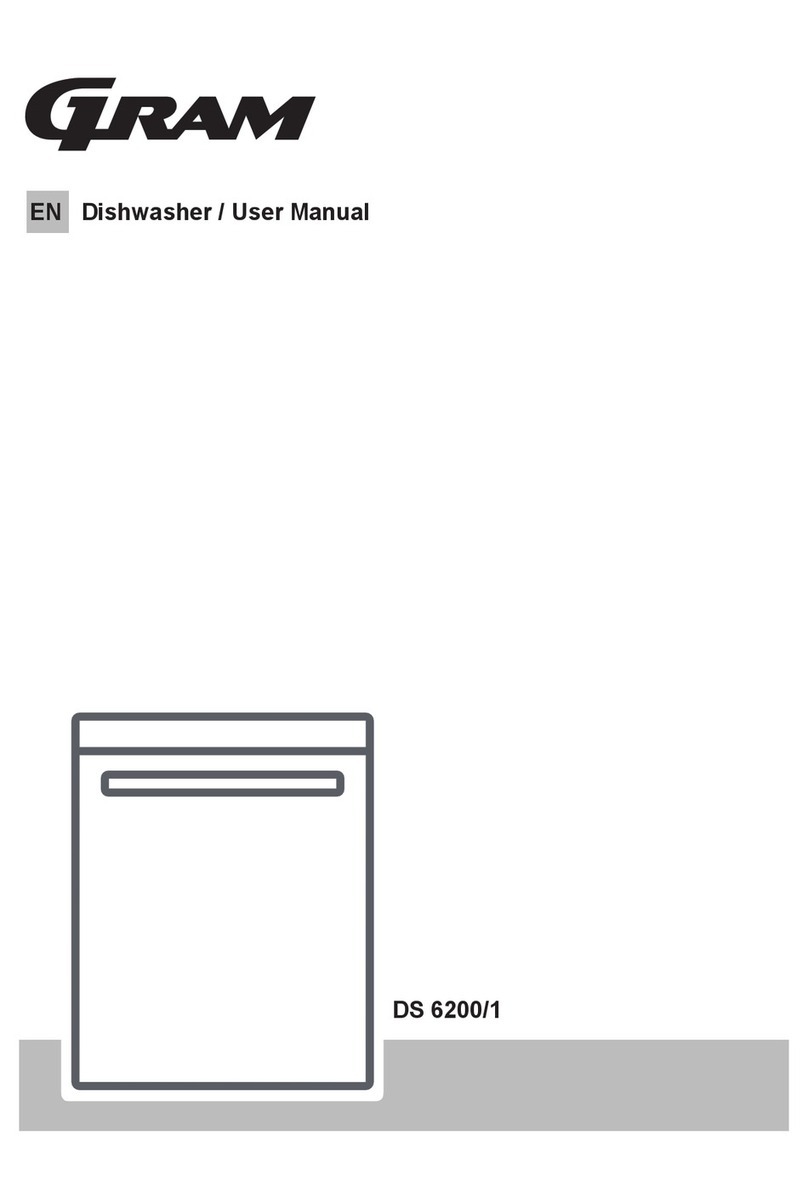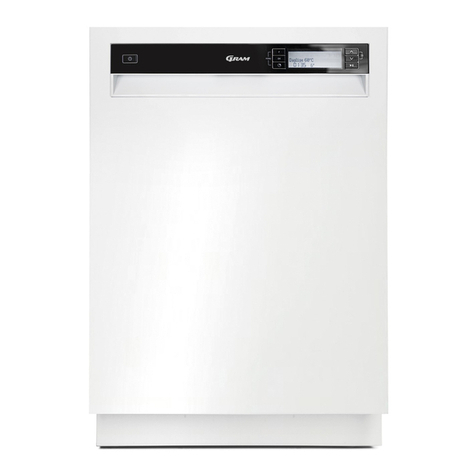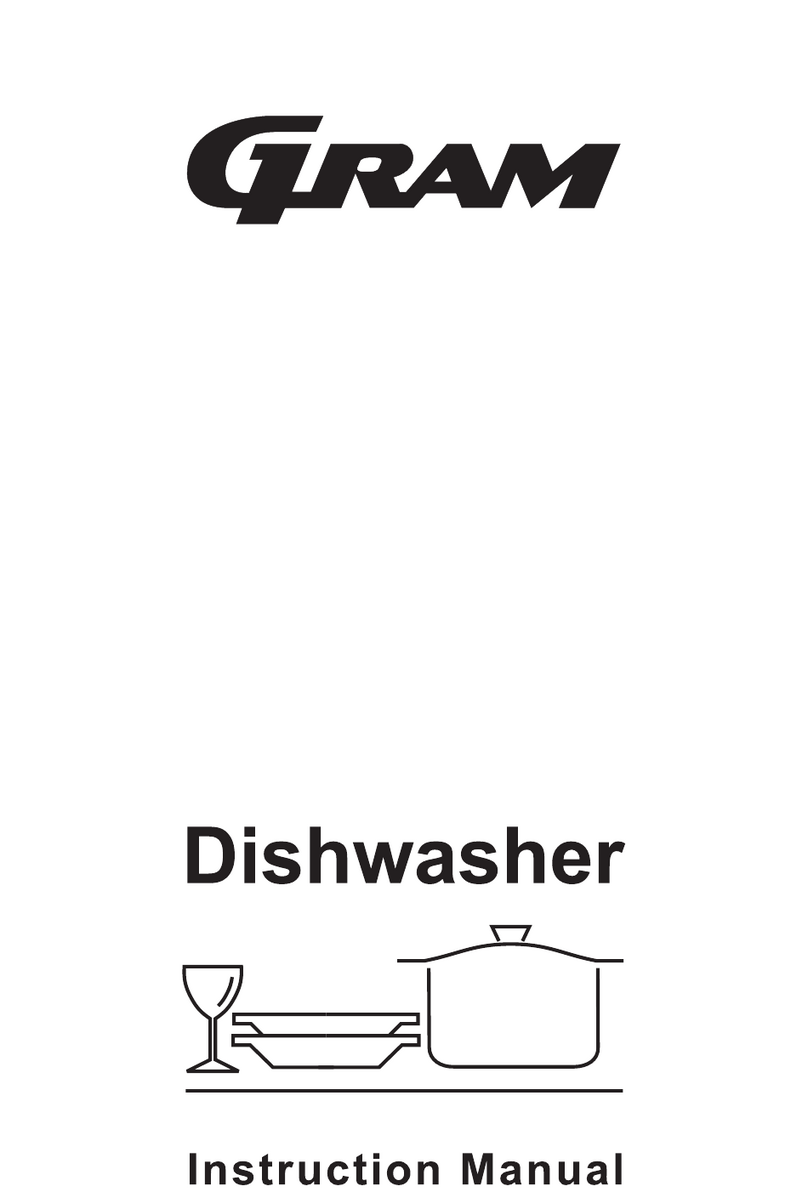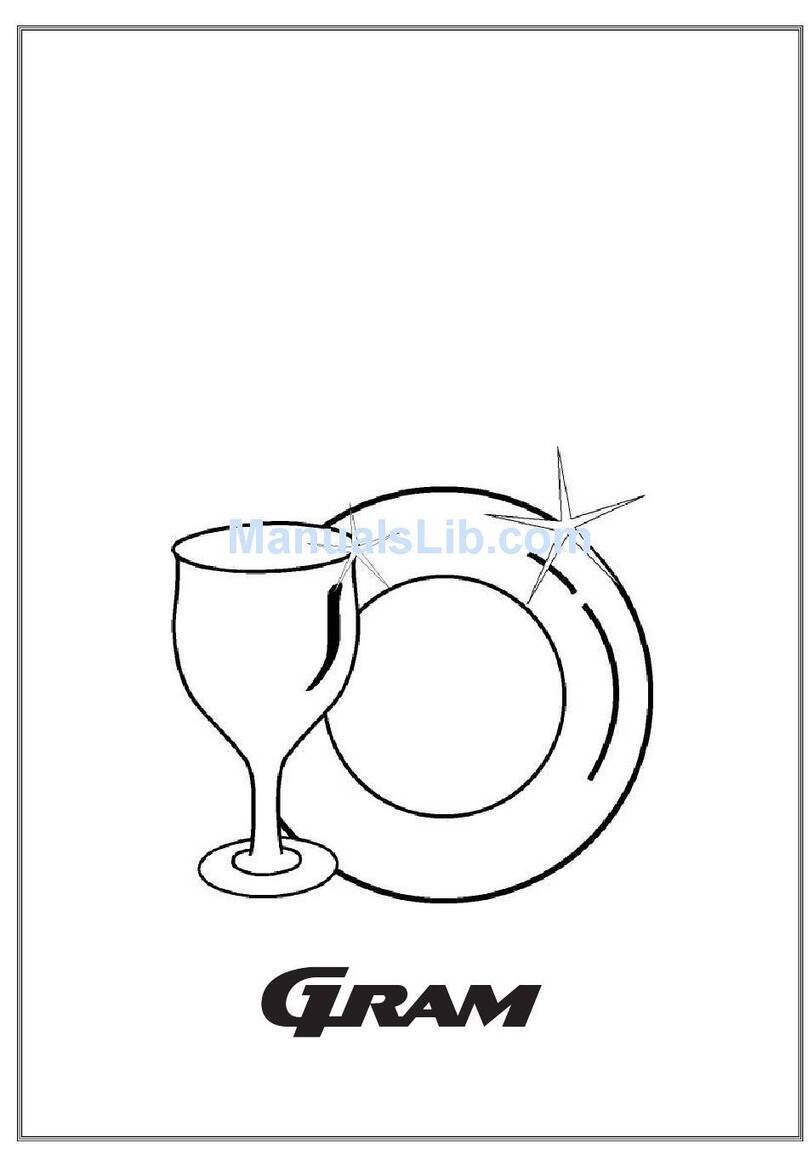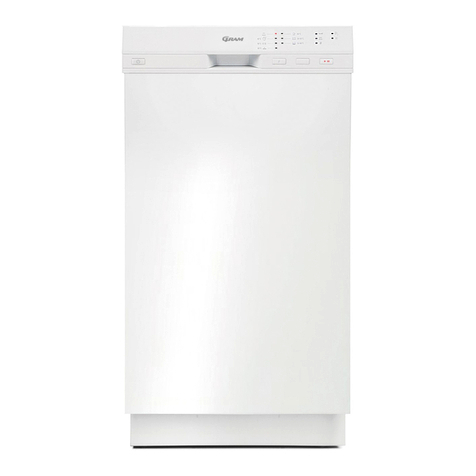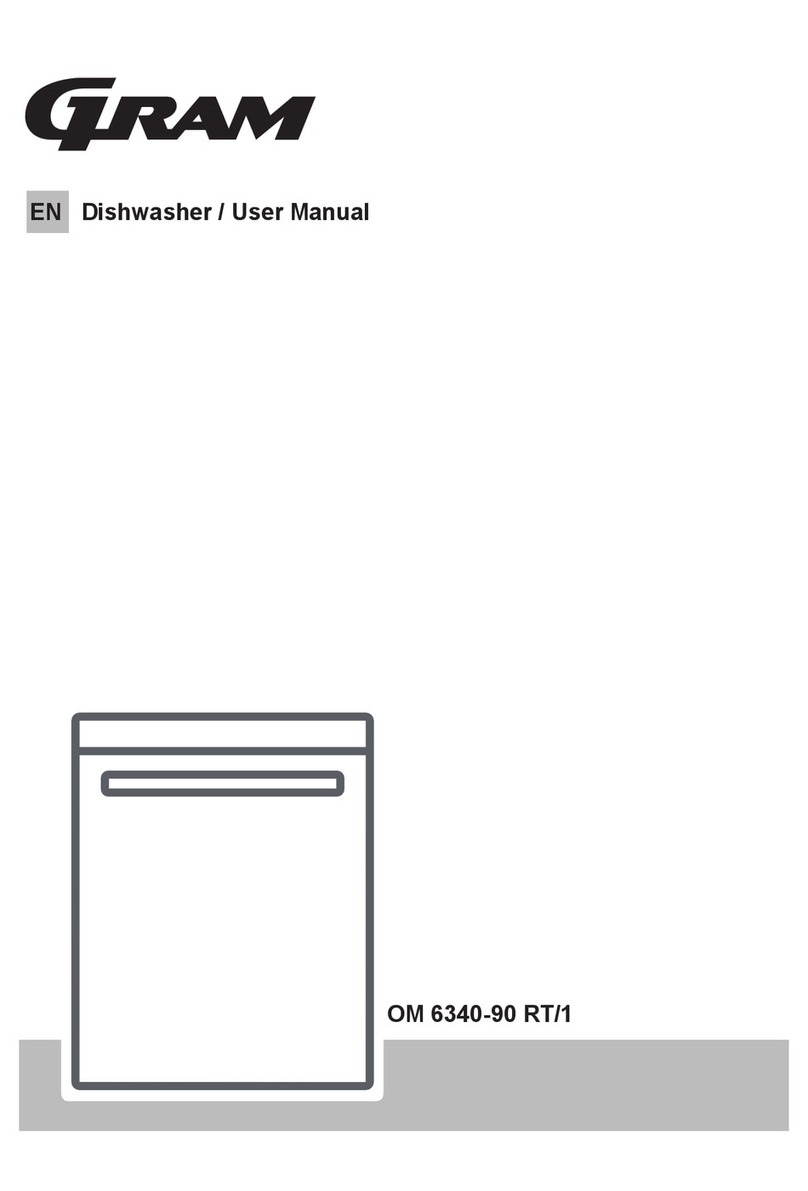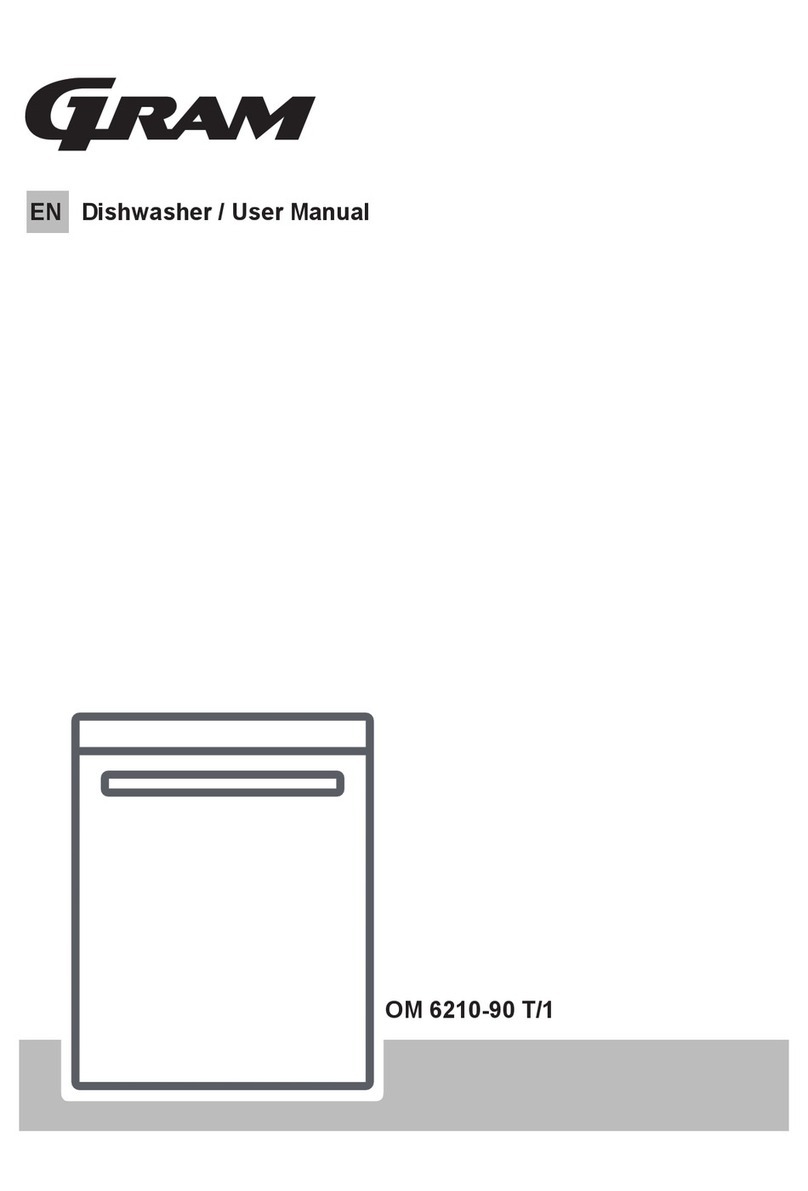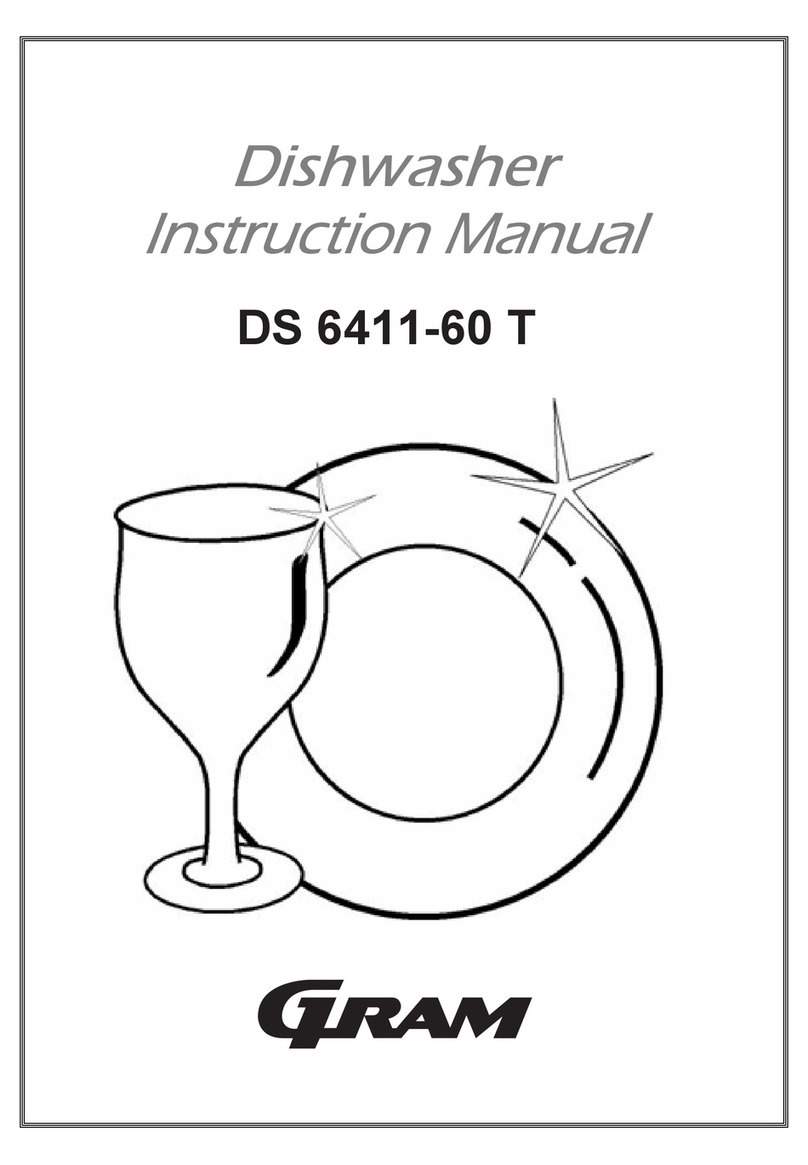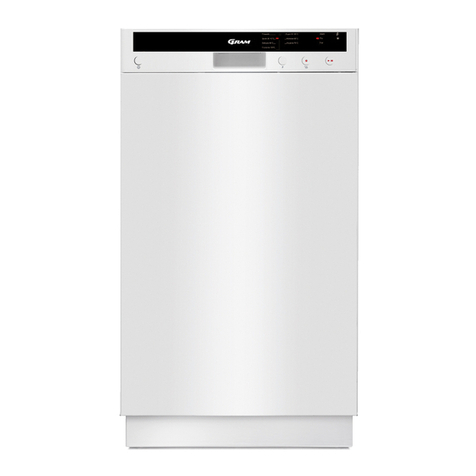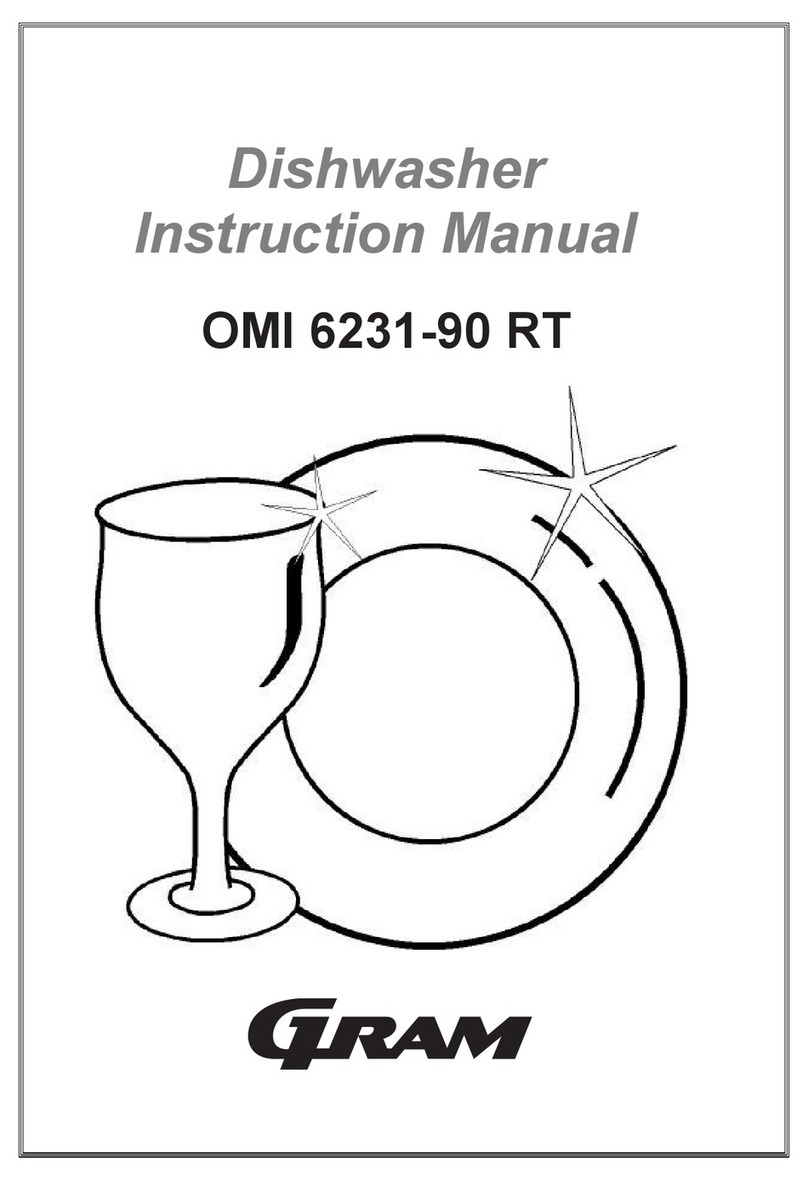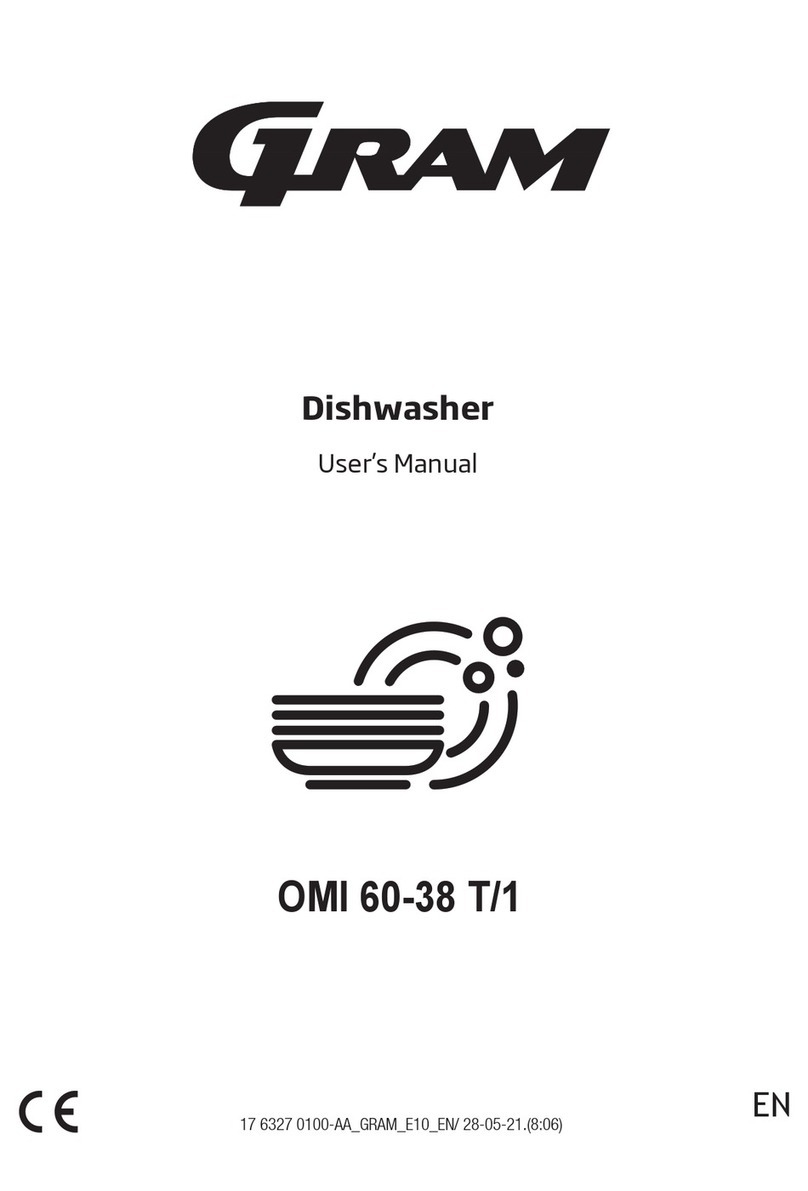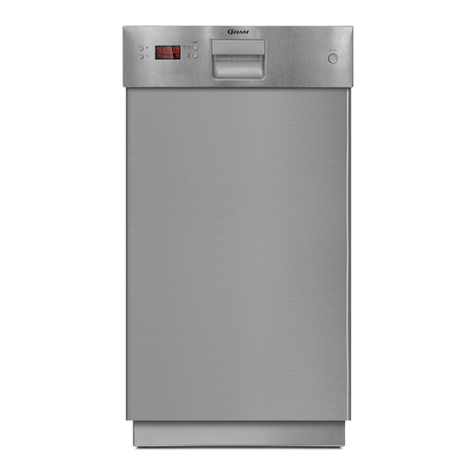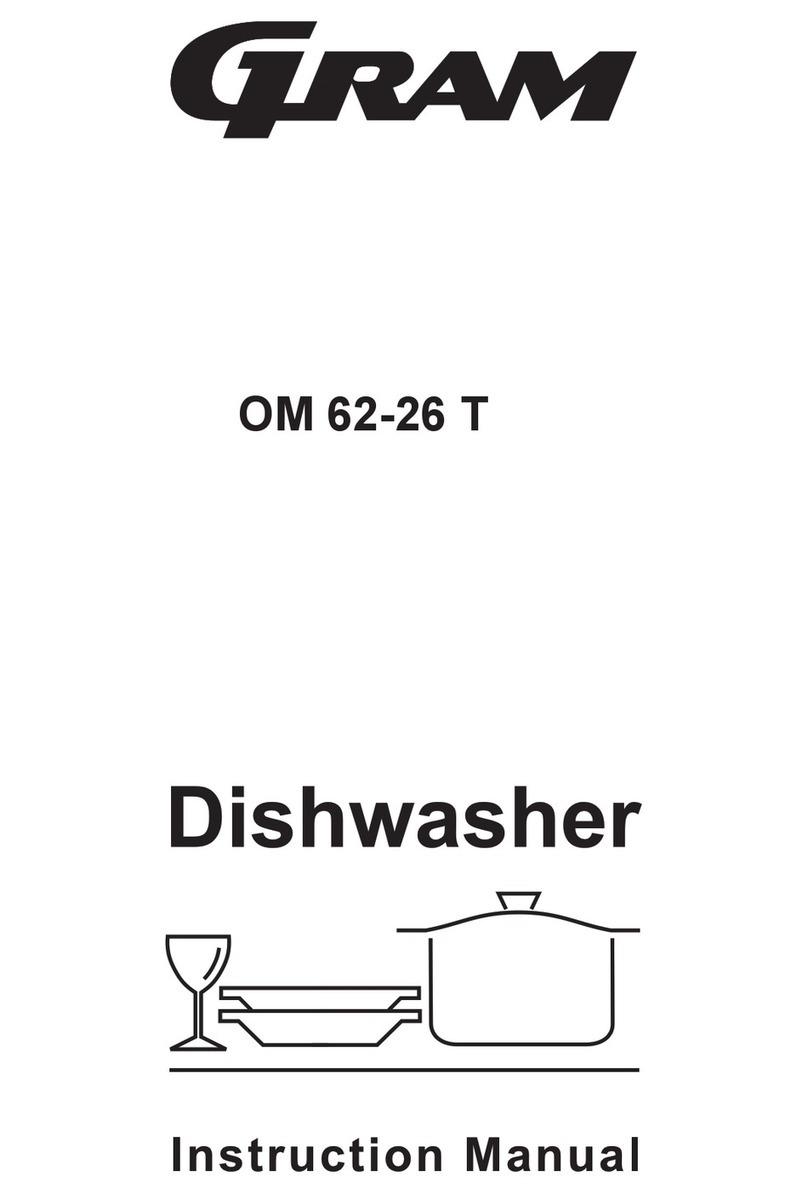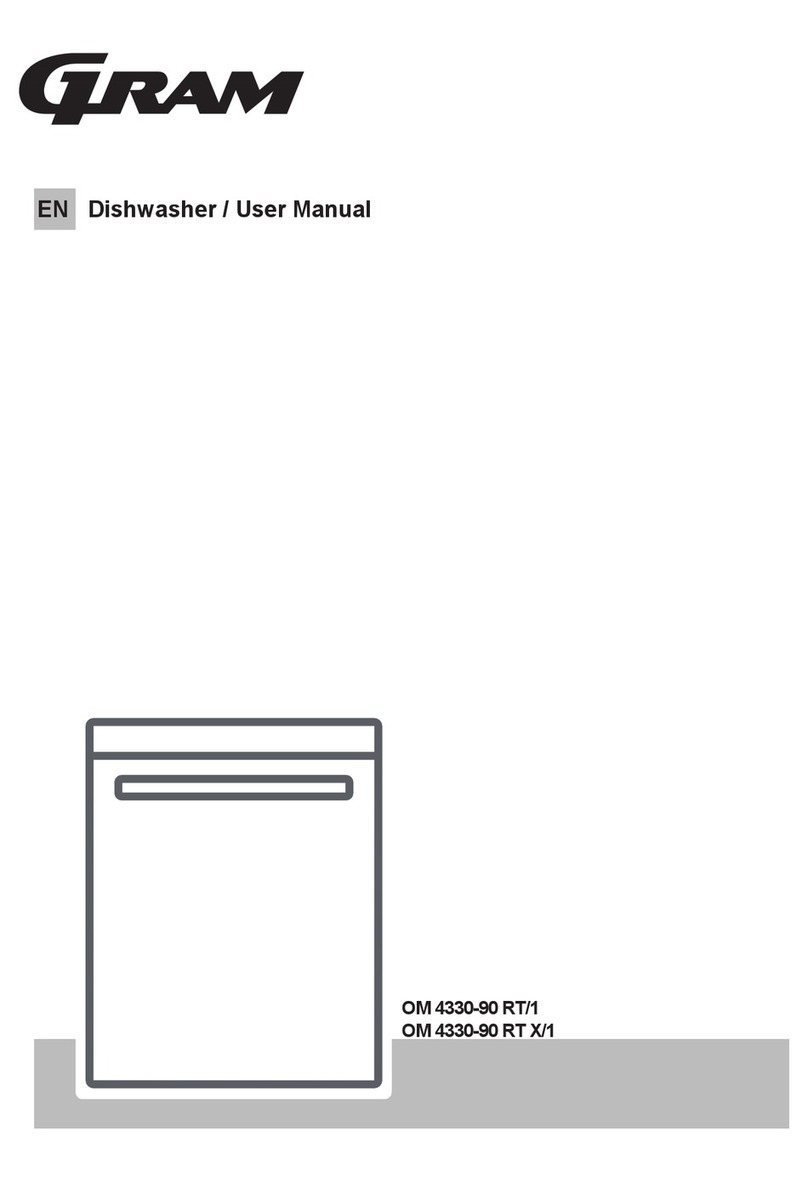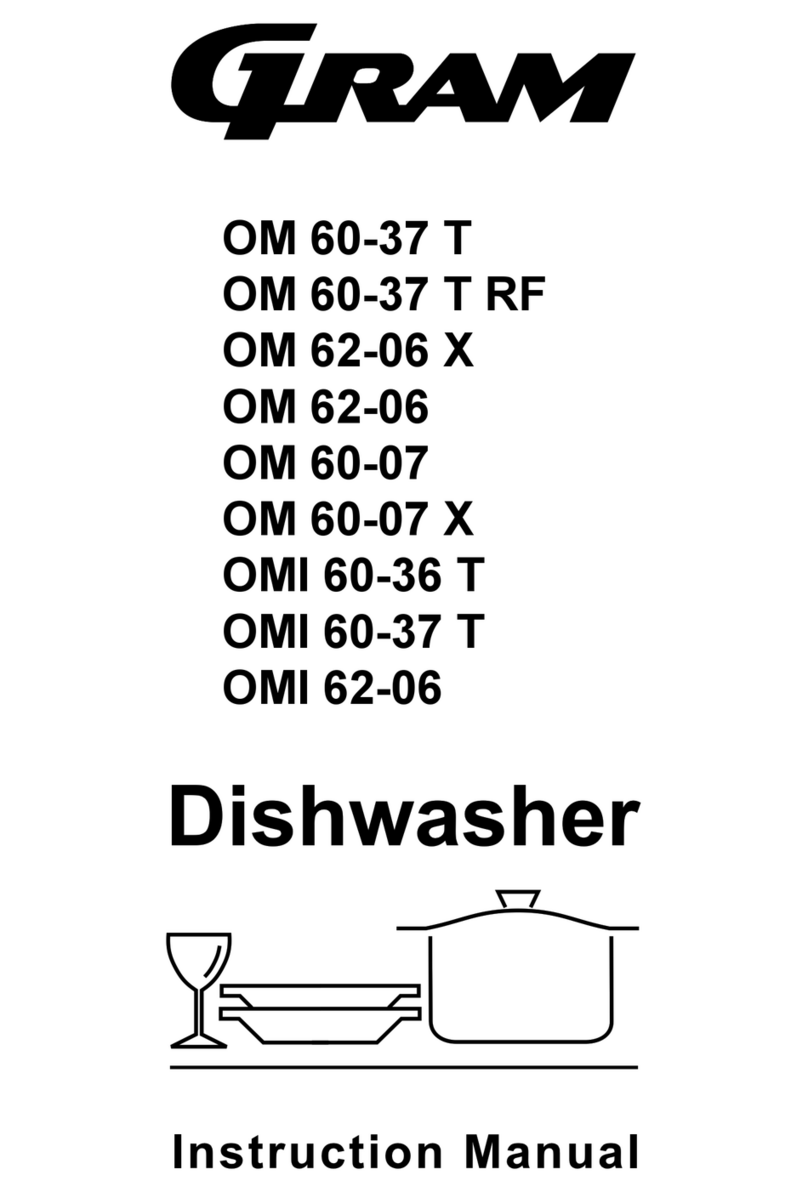
9 / 36 EN
3INSTALLATION
Refer to the nearest Authorised Service
Agent for installation of your product. To
make the product ready for use, make sure
that the electricity, tap water supply and
water drainage systems are appropriate
before calling the Authorised Service Agent.
If they are not, call a qualified technician
and plumber to have any necessary
arrangements carried out.
CPreparation of the location and
electrical, tap water and waste
water installations at the place
of installation is under customer's
responsibility.
BInstallation and electrical
connections must be carried out
by the Authorised Service Agent.
Manufacturer shall not be held
responsible for damages arising
from processes carried out by
unauthorised persons.
APrior to installation, visually
check if the product has any
defects on it. If so, do not have
it installed. Damaged products
cause risks for your safety.
CMake sure that the water inlet
and discharge hoses are not
folded, pinched or crushed
while pushing the product into
its place after installation or
cleaning procedures.
When placing the product, pay attention not
to damage the floor, walls, piping, etc. Do
not hold the product from its door or panel
to move it.
Appropriate installation
location
•Place the product on a solid and flat
floor that has sufficient load carrying
capacity! The product must be installed
on a flat surface in order for the door to
be closed comfortably and securely.
•Do not install the product at places
where temperature may fall below 0ºC.
•Place the product at least 1 cm away
from the edges of other furniture.
•Place the product on a rigid floor. Do
not place it on a long pile rug or similar
surfaces.
BDo not place the product on the
power cable.
•Make sure that you select a location
that will allow you to load and unload
the dishes in a fast and comfortable
manner.
•Install the product in a place close to
the tap and the drain hole. Select the
installation location by considering
that it will not be changed after the
connections are made.
Connecting water supply
CWe recommend attaching a
filter on the house/apartment
supply water inlet to protect the
machine from damages that
may arise from impurities (sand,
dirt, rust, etc.) coming from the
urban water supply system or
from your own water system as
well as to prevent complaints
such as yellowing or sludge
accumulation at the end of
washing.

